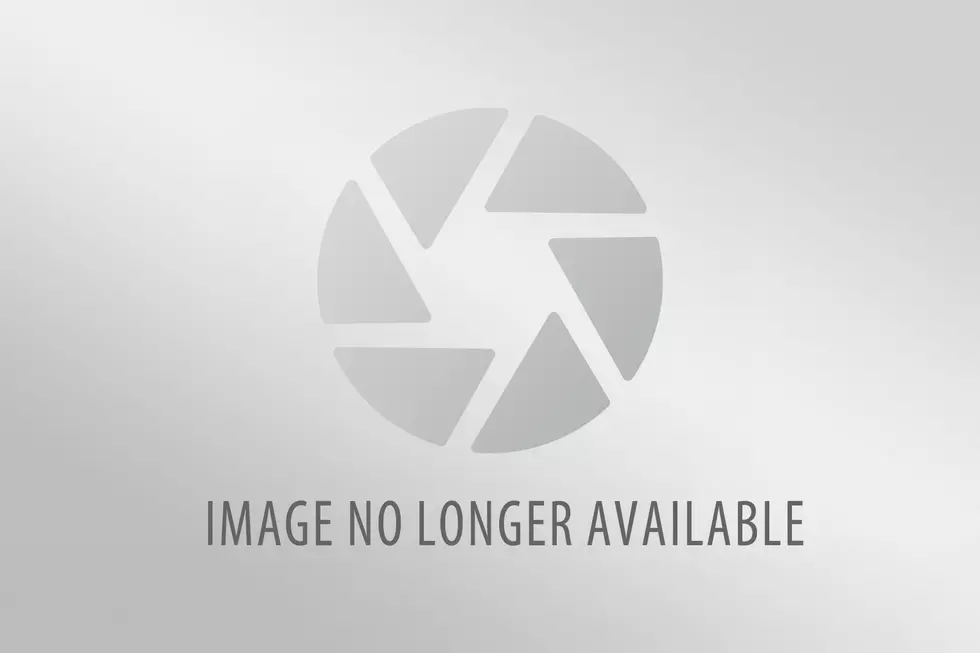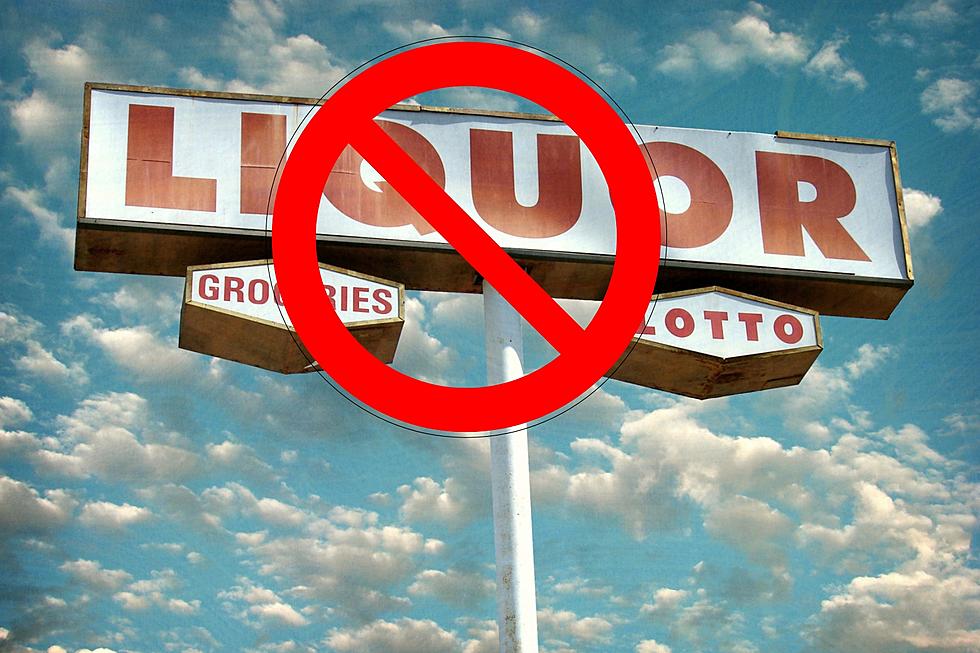
How New England Winters Affect Low Gas Levels in Your Car
I've been hearing this since I started driving, and I'm sure you've heard the same thing. People warn you that If your gasoline level is low enough to have your gas light come on when it's also brutally cold out, you'd better fill up your tank so your gas doesn't freeze or something happens to your fuel tank and lines.
Have you ever questioned this logic, or do you just make sure your tank is above that quarter mark (or at half a tank) to be safe? I've lived the myth, since I've forgotten to fill up on a severely chilly night with only enough gas to make it to the station a mile away.
However, I figured there has to be something to this long-standing lesson. So after doing some research, I discovered that yes, gasoline can freeze starting at -100ºF, according to the News Wheel website. So we're all good on that fear.
However, I found out that freezing in other ways is very real with low gasoline levels, and is brutally bad for your car in cold weather (especially when it's below freezing).
According to New Wheel, cold weather can cause your low levels of gasoline molecules to break down and separate in your fuel tank, forming water vapor. Mental Floss states that any water-based moisture or condensation that's usually absorbed by the alcohol in gasoline can freeze in your fuel line and cause blockages.
The more gas you have in your car, the more alcohol to absorb the water. So keeping your gasoline levels at a minimum of half a tank saves you future trouble and prolongs the life of your gas pump too, according to Mental Floss.
10 of the Best Free Things to Do in New Hampshire, According to Tripadvisor
Gallery Credit: Megan
Exquisite Waterfront French Manor in New England Could Be Yours for $47.5M
Gallery Credit: Megan
More From WSHK-WSAK 102.1 & 105.3 The Shark








